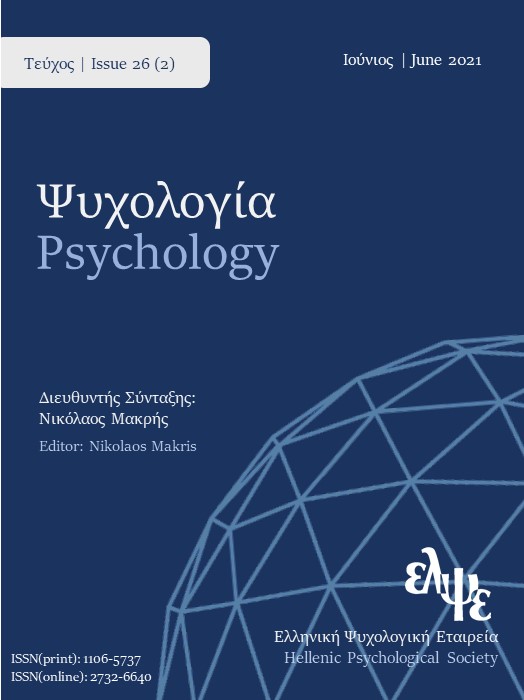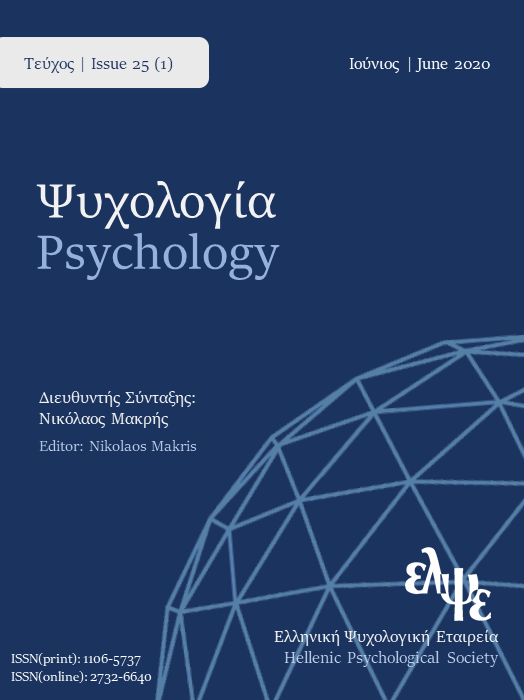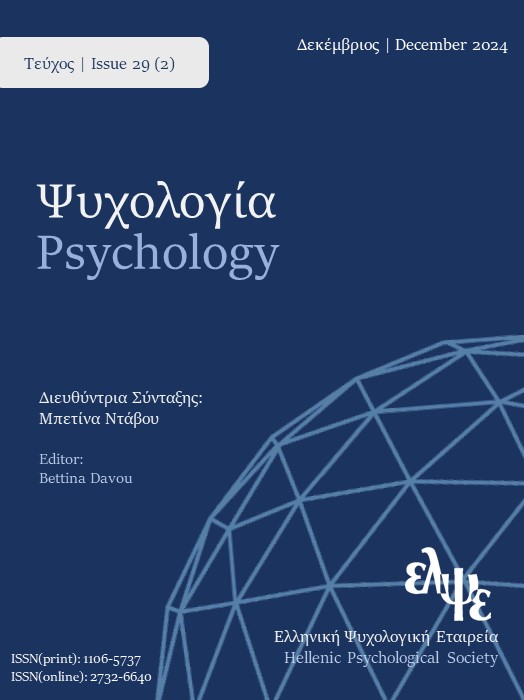Τhe therapeutic relationship in psychodynamic counselling and psychotherapy: contemporary clinical and empirical data

Abstract
In the psychodynamic approach, the therapeutic relationship stands at the core of the therapeutic process and constitutes a key factor of the effectiveness of treatment. As such, highlighting the psychodynamic components associated with the therapeutic relationship can help reinforce the role of counseling and clinical psychologists, by offering a broader understanding of the various dynamic interactions in clinical work. Specifically, the present paper delineates particular aspects of the therapeutic relationship (e.g. therapeutic alliance, transference, countertransference, real relationship) that should be taken into account in counseling and psychotherapy as essential components of the therapeutic relationship. Current empirical data are presented to demonstrate the importance of these parameters for the therapeutic process and outcome. Emphasis is also placed on the conditions that need to be fulfilled in order to ensure a relationship of therapeutic value, such as the importance of the therapeutic framework and the role of the psychologists / psychotherapists in dealing with enactments. Finally, the benefits of using the potential of the therapeutic relationship in clinical practice are highlighted, for improving both someone’s relationship with oneself and with others.
Article Details
- How to Cite
-
Yotsidi, V., & Kounenou, K. (2021). Τhe therapeutic relationship in psychodynamic counselling and psychotherapy: contemporary clinical and empirical data. Psychology: The Journal of the Hellenic Psychological Society, 26(2), 32–52. https://doi.org/10.12681/psy_hps.26886
- Section
- SPECIAL SECTION

This work is licensed under a Creative Commons Attribution-ShareAlike 4.0 International License.
The journal PSYCHOLOGY adopts a Platinum open-access policy. Submission, processing or publication costs are waived by the Hellenic Psychological Society. Papers published in the journal PSYCHOLOGY are licensed under a 'Creative Commons Attribution-ShareAlike 4.0 International' licence. The authors reserve the copyright of their work and grant the journal the right of its first publication. Third-party licensees are allowed to use the published paper immediately after publication as they wish, provided they retain the defined by the license copyright formalities, regarding the reference to its author(s) and its initial publication in the journal PSYCHOLOGY. Moreover, any adjusted work should be shared under the same reuse rights, so with the same CC license.





